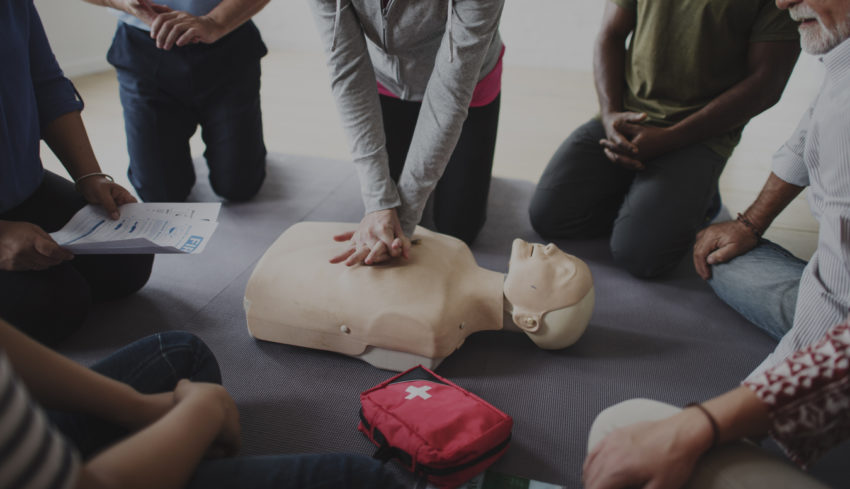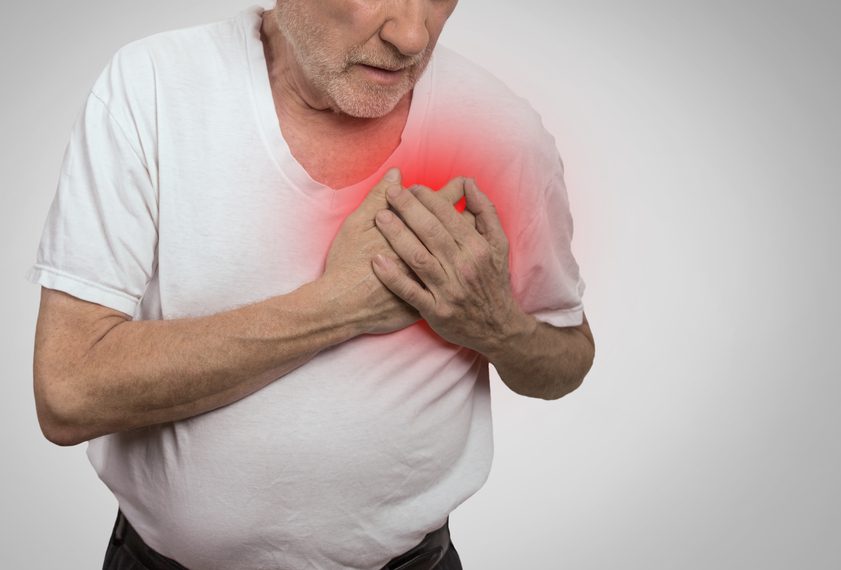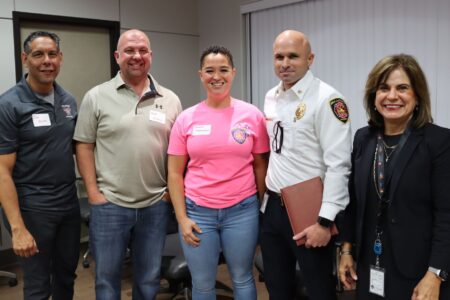
Share On Social!
People who experience sudden cardiac arrest in largely Latino neighborhoods are less likely to get CPR from bystanders and 40% more likely to die than their peers in largely White neighborhoods, according to a new study.
This is bad news for Latinos. Heart disease already is their No. 2 cause of death.
The study points to the need for more CPR training in Latino communities.
“Survival is low, but prompt delivery of CPR by a lay bystander can significantly improve outcomes,” said Dr. Audrey L. Blewer, lead study author and researcher at the Center for Resuscitation Science at Penn Medicine, said in a press release.
Study Uncovers Grim Cardiac Arrest Disparities
A cardiac arrest is when a person’s heart stops pumping blood around their body, and they stop breathing normally. Heart attacks occur when a coronary artery is blocked.
 Blewer and her team studied records of 18,544 cardiac arrests in adults between 2011-2015 from the Resuscitation Outcomes Consortium clinical trial network. These events were not witnessed by emergency personnel and occurred outside a hospital.
Blewer and her team studied records of 18,544 cardiac arrests in adults between 2011-2015 from the Resuscitation Outcomes Consortium clinical trial network. These events were not witnessed by emergency personnel and occurred outside a hospital.
Researchers used Census data to determine neighborhood race/ethnicity.
The study found:
- Bystanders provided CPR in 37% of cases.
- In neighborhoods where 3 of 4 people were not Latino, bystanders provided CPR in 39% of cardiac arrests.
- In neighborhoods where 3 of 4 people were Latino, CPR was given in just 27% of incidents.
- Among all patients, Latinos were 27% less likely than whites to receive CPR.
- Cardiac arrest victims in the most heavily Latino neighborhoods were almost 40% less likely to survive until discharge from the hospital.
“The findings considered differing levels of education and income among the neighborhoods”, Blewer said.
Why Latinos Less Likely to Get CPR
Sudden cardiac arrest will continue as a rising public health issue with the U.S. Latino population expected to almost double within the next 40 years.
Bystanders witness 4 in 10 cardiac arrest events.
But in impoverished, rural areas populated by Latinos and other minorities, CPR training rates are poor. These areas, too, do not have adequate access to health care.
Additionally, Latino and black children are less likely to get CPR with breaths, which lowers their survival chances, according to a prior American Heart Association study.
Closing the CPR Gap
Blewer suggests public messaging.
But the messaging must be communicated clearly and effectively to all communities.
“Have we thought about public messaging of pushing hard and fast in the center of the chest? Is this getting disseminated to all racial/ethnically diverse communities?” she asked.
Training Latinos to use the automated external defibrillator (AEDs) is another solution. AEDs are a portable device that non-health-trained people can use to deliver an electric shock to the heart.
But, again, Latinos are less likely than black or whites to use AEDs.
Dr. Joshua Koch, co-chair of the CPR committee of Children’s Health in Dallas, has a simple message to pediatricians:
Encourage parents to learn conventional CPR.
Explore More:
AccessBy The Numbers
142
Percent
Expected rise in Latino cancer cases in coming years



